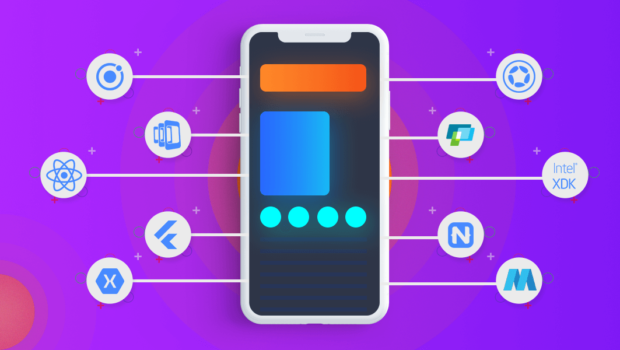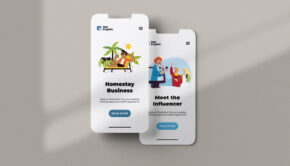Top 10 Frameworks For Mobile App Development in 2021
Android deservingly sits atop the most used OS throne. However, it also presents a challenge to developers as we move forward.
At the cusp of 2019 and beginning of 2020, it became official that Android dominated the world market, as well as the North American market. Which was previously held by Apple’s signature iOS. In the 2020’s beginning, the numbers nudged past 50% as it became apparent Android was now the force to beat. While more North Americans might be beginning to enjoy the perks of it, the developers around the globe face more challenges as we speak.
Off the top of those challenges is to make viable application solutions. Bear in mind we are talking about 2 billion users around the globe. All downloading the applications more than 1.6 billion times every month. One of the experts of iPhone App Development Company added that this gives android developers headaches. Because while there might be many android developers, quality app development is another case. That is why it has become a problem for beginners in the field to stick to one routine or employ one tactic that works every time.
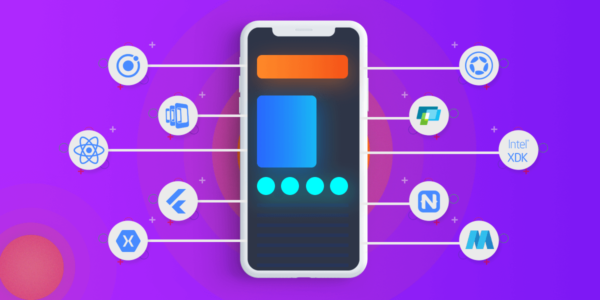
How can you tackle this issue? By employing the right frameworks for your next android application. Let us look at some of the benefits of employing frameworks for development.
Benefits Of Employing Application Development Frameworks
One of the key things for mobile app developers is time. Time is of the essence and the more they save it, the better. However, while it sounds simple, it is easier said than done. That is when frameworks step in. They do not only save time, but they also save a lot of hard work. Because of code reusability. Additionally, using an application framework quickens the pace and cuts short the development time.
Now, the main concern of someone looking to make their own mobile phone application is of the cost. How much will the developers charge? Not a lot when they are employing frameworks. Understanding them will also help you pick the ones that are right for you. Therefore, without further ado, let us dive into the types of application frameworks that you should employ in 2020.
Ionic
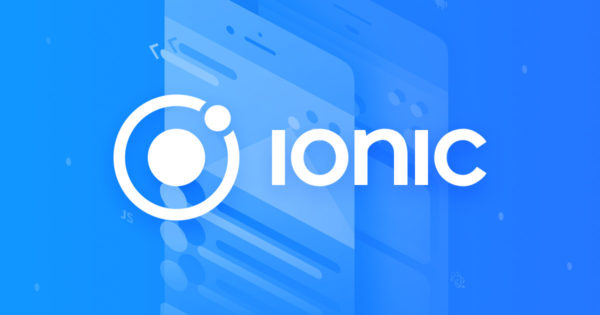
Ionic is one of the key development frameworks for android applications. It is an open-source SDK that was first introduced for usage in 2013. The core of ionic is built upon Angular JS and it acts as an entirely open-source development framework. The reason why ionic is on this list is because of the aforementioned benefits of using frameworks. It is cheap, it is quick and it is stable. The last stable release was unveiled in September of 2020. Which fixed most of the minor bugs. Making it one of the complete and all-round development frameworks available today.
NativeScript SDK
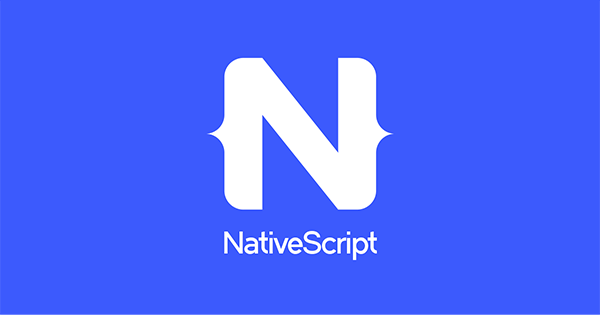
This one is quite an all-rounder. The reason it is on number two on this list is because of its ability to cater to both major platforms. It is an open-source framework that can develop mobile applications for both iOS and Android. It employs the basics of a JavaScript, which is then compiled into parts to make it a complete framework. It also employs any pertaining programming language to JavaScript such a TypeScript. If you wish to make an application for both of the major platforms, then this one seems like a viable option. However, it is still prioritized to develop native android applications.
React Native
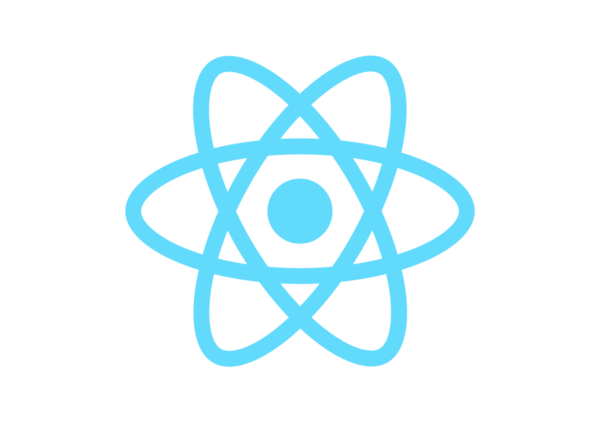
React native has become one of the favourites among the development community. The best part? It is only getting started. The Facebook Initiated framework was released in 2015’s March. In the past 5 years, it has seen some changes. However, the major benefit of employing this framework is its flexibility. It is used for developing android applications mainly. However, it has a vast usage in creating programs for Android TV, macOS, tvOS, as well as iOS. Some developers even employ it for Windows and UWP by using it’s react framework. The primary benefit of it is that it gives a native performance with hybrid capabilities.
Node.js
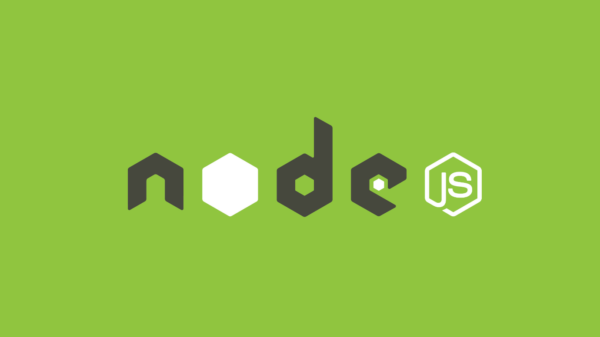
Node.js is one of the best when it comes to cross-platform development. It was initially released in 2009. However, it has seen some major changes in past 11 years, with last update being as recent as October. It is based on the JavaScript runtime environment. While it creates web-based applications, it provides great performance to the app user. The reason why developers prefer it is because of its single-threaded nature.
Solar2D

Formerly known as Corona SDK, Solar2D is one of the favourites for game developers. The parent organization might have changed the name because of the recent pandemic. However, the leading features and properties of this SDK remain the same. It is also a free and open-source development kit that has cross-platform support. Allowing developers to create visually astounding games. The primary reason attributed to its selection by developers is its single code base. You do not need a variety of design to create separate gadgets in it.
Onsen UI
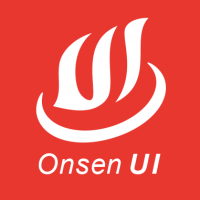
Onsen UI is an open-source UI framework that supports hybrid application development. The popularity of this particular Framework in the android development community is just rising. Because of its ability to create visually ousting User-interfaces, it has become a preferred name for developers. The core of Onsen is based on HTML5 and Cordova\PhoneGap.
Express.JS
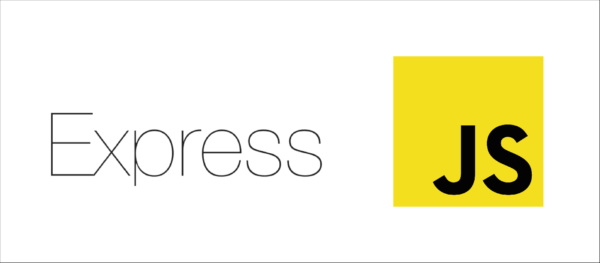
Express.JS is another web-based hybrid framework. Highly employed for creating a hybrid android application, it was initially released in 2010. In the past 10 years, it has been updated many times, with the most recent one being in May of 2019. The primary platform it employs is Express.js whereas the code is in JavaScript. Why should you employ it? Because it has become one of the popular choices for making APIs, aka application programming interfaces. For gadget uses and web-integration, it stands out as a good choice.
Framework 7
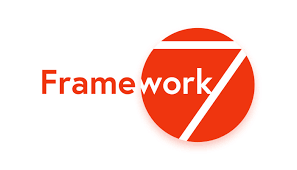
Framework 7 is quite a new addition to this collection. As it was released less than 4 years ago, with a stable release only coming in July of this year. One of the main reasons that framework 7 is on this list is because it is used to create a sample of applications. While it has the ability to create full-blown mobile, desktop or web apps, the ability to provide prototypes is what makes it stand out. In simple words, it is a collection of UI components that characterise iOS and material design. With its main implementations are on the back of React and Vue.
Flutter
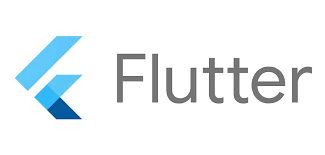
Flutter is one of the most famous open-source development kits. It has a UI software made by Google, that allows the users to create android applications, as well as for iOS and Linux. Since its release in 2017, it has seen a variety of updates. Mostly improving visuals, as performance-wise it has always been outstanding. However, the first version of the framework was called “Sky” when it was still android OS exclusive. With its stable release in 2020’s October, it has become a good option for those looking for both visuals and performance in their application.
Angular
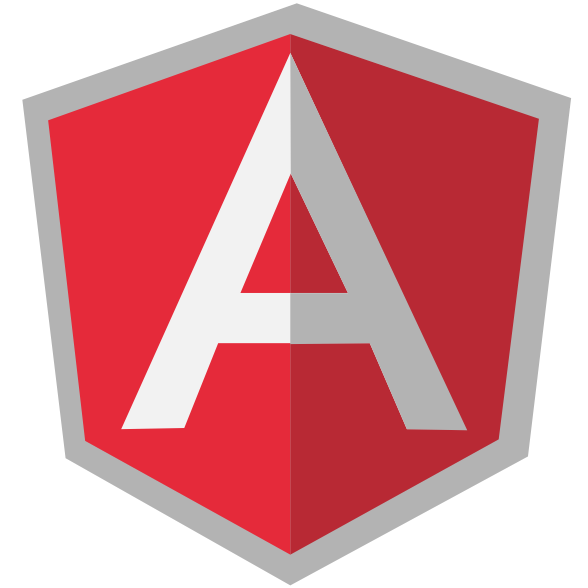
For front-end web frameworks, Angular JS stands out as one of the best options ever. Not only because of its open-source nature but also because of its JavaScript-based operation. While it is overlooked by google, it has various other contributors. Who regularly add to this framework. With the most recent version being released on 1st June of this year. Over the years, Angular JS is the primary choice for dynamic web applications.
Take Away
Making an application is made easy by employing these frameworks. If your desired application has any such requirements, then these frameworks can help you achieve those goals quite comprehensively.

